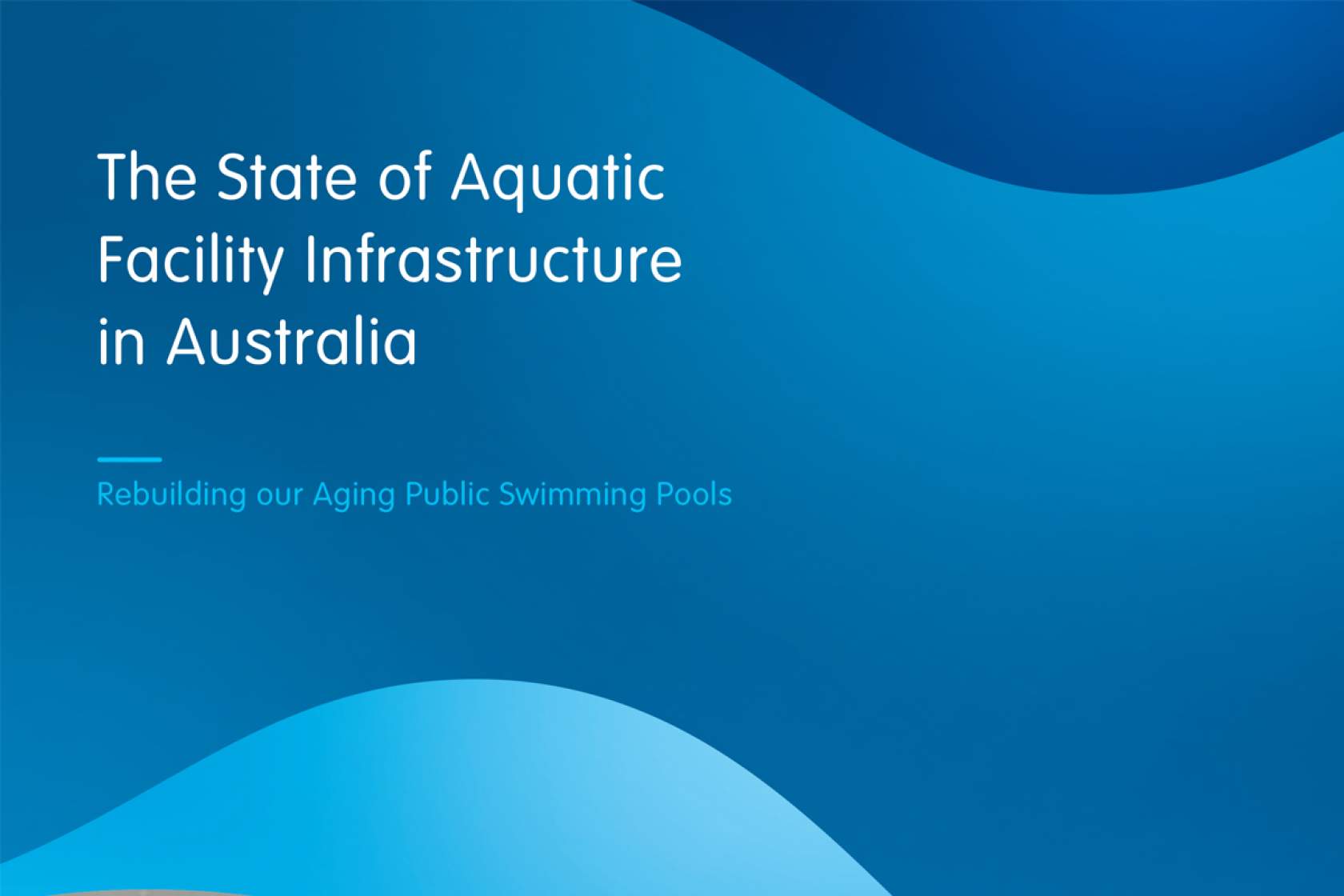500 public pools may close without significant investment

There has been renewed pressure put on government following a push from Royal Life Saving to address the issue of ageing swimming pool infrastructure.
As reported in SPLASH! 145, the 2022 State of Aquatic Infrastructure in Australia Report found that the average Australian public pool was built more than half a century ago, and needs serious refurbishment or replacement.
Now, Royal Life Saving’s RJ Houston, general manager for capability and industry, says that, without significant and sustained investment, as many as 500 pools may need to close within 10 years.
While the life expectancy of a public swimming pool is 50 years, they can be serviceable beyond this timeframe.
He says that sadly, many community pools are facing multiple threats – changing demographics, lack of local government resources, increasing energy and building costs, and the impacts of a changing climate.
“It is much more than rusted and broken pipes, cracks in pool tiles, and porous concrete,” say Houston. “Many older pools are leaking significant amounts of water, leading to increased costs, environmental damage and concerns about water quality and safety.”
While local government shoulders the greatest burden, many councils are unable to meet the upgrade costs without financial assistance from state and federal governments.
“Research shows that local governments contribute 64 per cent of all funding, and regional councils are particularly vulnerable and often face the dilemma of pool closures.
“Without a more structured approach to swimming pool investment, more children will miss out on swimming lessons, communities won’t have a safe place to swim laps or cool off during summer, and many will be forced to swim in rivers and lakes,” he says.
He says that as communities are forced into a complex web of grants, and that securing funds is more challenging in regional and outer metropolitan areas.
Communities are often paralysed by competing agendas – laps versus lessons, families versus the needs of an ageing population. The system creates winners and losers. This lack of a cohesive framework opens the door to suboptimal decision-making, depriving some communities of access to safe swimming facilities and essential water safety skills.
A strategic solution
Royal Life Saving is advocating for a strategic, long-term solution; seeking to bring together the aquatic sector and government to understand the situation and explore new approaches and opportunities for the continued provision of publicly accessible aquatic facilities in Australia.
“The benefits of public pools are clear, and decisive leadership is needed. There is a strong case for an investment fund dedicated to aquatic facility upgrades and new builds. Public funds should be allocated to function over form and aim to ensure communities maximise health and social benefits,” says Houston.
He says that analysis is needed for regional and metropolitan communities to forecast the short, medium and long terms needs. Funds should be made available for feasibility and planning stages to ensure that projects are shovel ready, carefully considered and in line with community needs.
Royal Life Saving proposes five principles for investment in swimming pool infrastructure:
• Provide funds to support regional and metropolitan area gap analysis.
• Provide funds to support feasibility and fit-for-purpose studies early in process.
• Target and plan funding for refurbishments and new builds in growing areas.
• Prioritise functionality and community need over aesthetics and interest groups.
• Link development funds to established health and social indicators.




